


Where to begin? Can you imagine seeing 89 Piping Plovers in one place at the same time? Sid Maddock, my banding partner, and I saw such a flock roosting on a flat off Andros Island in The Bahamas on the morning of February 3, 2010. Over the past five weeks as part of an Environment Canada research project and with the able and generous assistance of the Director and staff of The Bahamas National Trust, http://www.bnt.bs/ , Sid and I trapped and marked 57 Piping Plovers which spend the non-breeding season (perhaps as long as eight months) in The Bahamas. Birds marked were found on New Providence, Grand Bahama and Andros.
Now the exciting work begins! And your eyes and optics are needed. The primary purpose of the project is to discover the migratory stop-over sites and nesting grounds used by The Bahamas plovers. During our work only a single, previously-marked Piping Plover was seen among several hundred viewed. That bird was from the endangered Great Lakes population http://www.nps.gov/slbe/forteachers/upload/GLPloverdoc.pdf. From this sighting two tentative inferences may be drawn. First, some of the 57 plovers may be Great Lakes nesters. Second, as no marked Missouri River birds (see Terry's Plover blogs, below) or marked Canadian prairie birds were re-sighted (and there are many marked birds from each of these areas), most of the 57 are likely from elsewhere--namely, breeders from the Atlantic provinces of Canada and the Atlantic Coast of the US from North Carolina to Maine. Your assistance in sighting and reporting The Bahamas plovers is solicited.
When will the plovers begin their spring migration? No one is certain, but sooner than you might think. Bahamas Trust staff and volunteers on the islands are watching the marked birds in an effort to determine spring departure dates. Wintering birds along the southern Atlantic Coast are known to begin moving north as early as March. Last year there were some plovers on Cape Cod, Massachusetts in mid-April. Before we left Andros Island on February 19, many of the plovers there were molting into breeding plummage. Plover spring is in the air elsewhere, even if it is only 39F in Virginia Beach just now.
How may a sighting be reported? Simple. Report all sightings to CHERI GRATTO-TREVOR, Prairie and Northern Wildlife Research Centre, Environment Canada, 115 Perimeter Road, Saskatoon, SK S7N 0X4 Canada, EM: cheri.gratto-trevor@ec.gc.ca , noting the color and location of each band on the bird, and location and behaviour of the bird (on nest, brooding, foraging at migratory stop-over, etc.), as well as presumed sex of the bird, if possible.
What do color bands of The Bahamas plovers look like? They look like the three Bahamas plovers pictured above. All have a black flag on the upper left leg. Each have a single white band on one of the lower legs, right or left. Each have two color bands (neither of which is a white band) on the lower leg opposite the leg with the single white band. Colors used were: red, orange, yellow, white, light green, dark green, dark blue, and black. No metal bands were placed on any of The Bahamas birds; nor were color bands placed on the upper right legs of the birds.
How should the color markers be reported? When you see a marked Piping Plover, immediately write down a detailed description of the bands and their location on the bird's legs (always using the bird's right and left). Make a note if you are unsure of the color or location of any of the bands or if you did not see all bands clearly. Please report incomplete sighting. The Bahamas Piping Plovers pictured above would be described as follows: (top image) black flag upper left, white band lower left, unknown upper right, black over dark blue bands lower right; (middle image) black flag upper left, orange over light green bands lower left, nothing upper right, white band lower right; (bottom image) black flag upper left, white flag lower left, nothing upper right, black over light green bands lower right. One final note, there are a several plovers with two bands of the same color placed over each other on the lower leg opposite the single white band (e.g. orange over orange). Together these two bands may look like one very tall band.
GOOD SHOREBIRDING AND BEST LUCK.
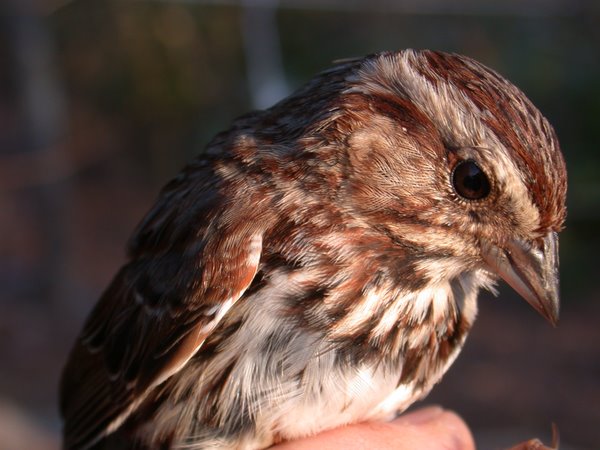
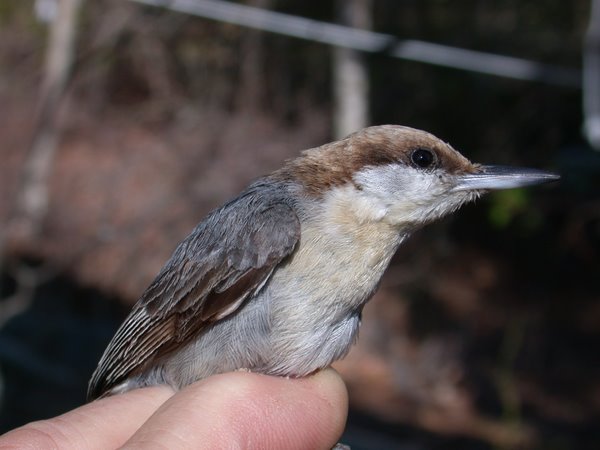
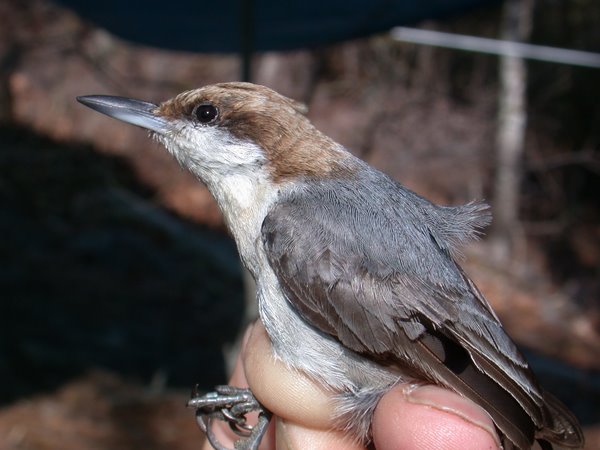
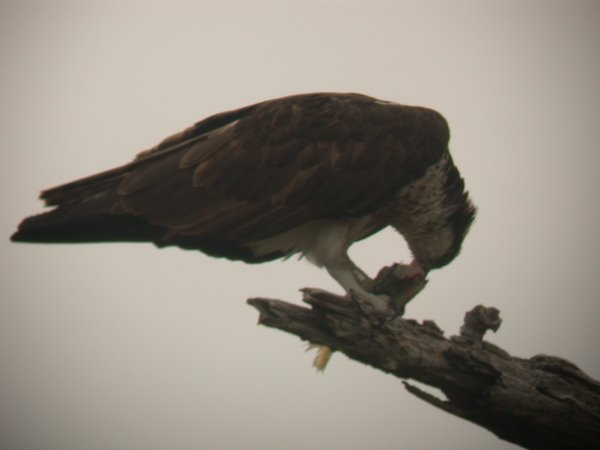


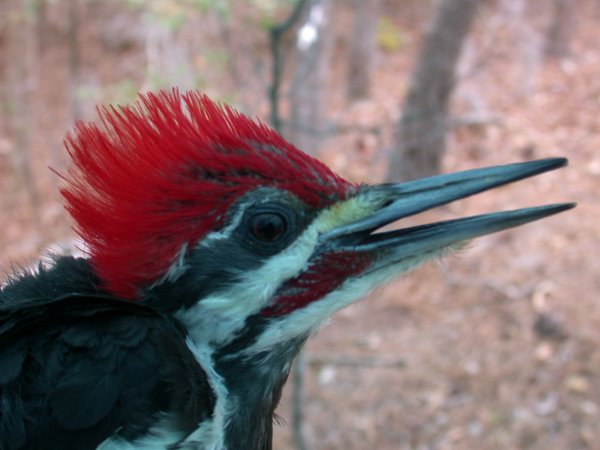
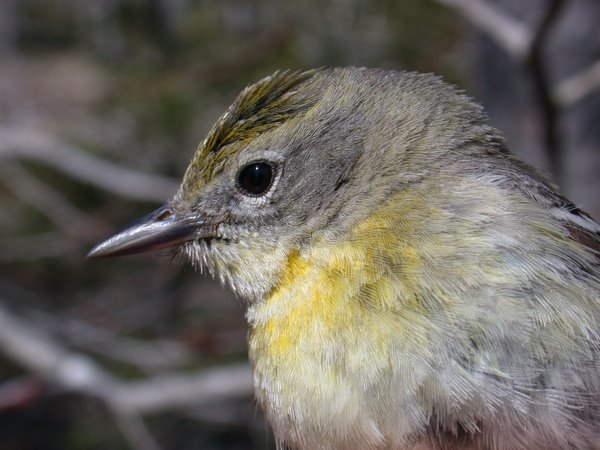
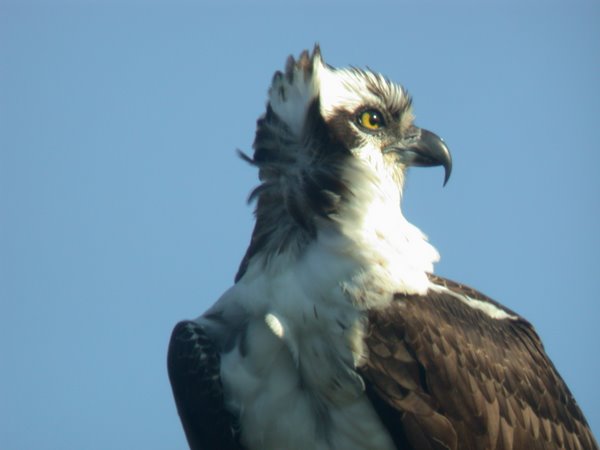
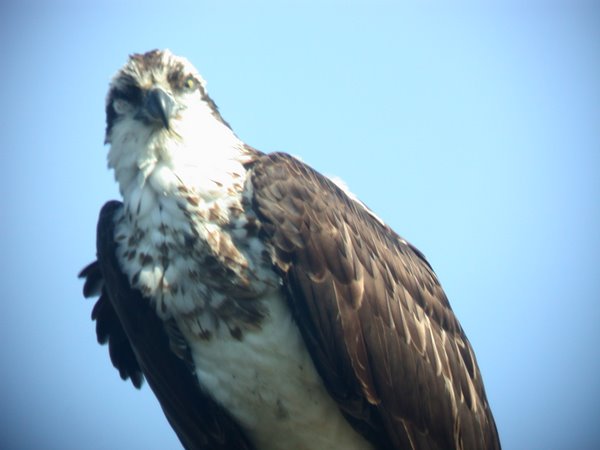
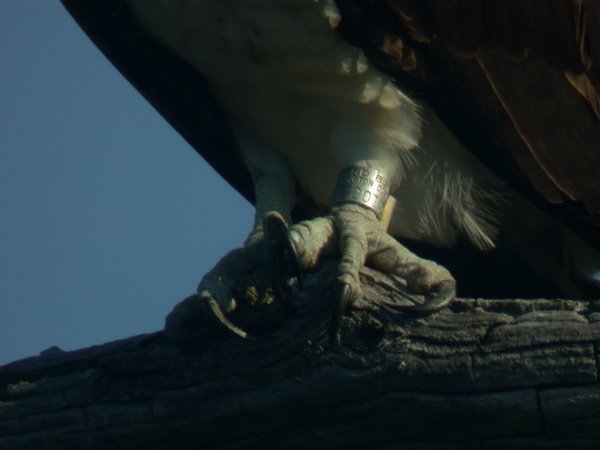
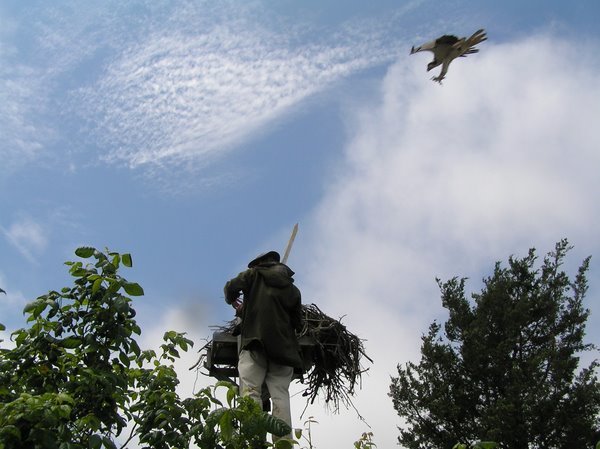

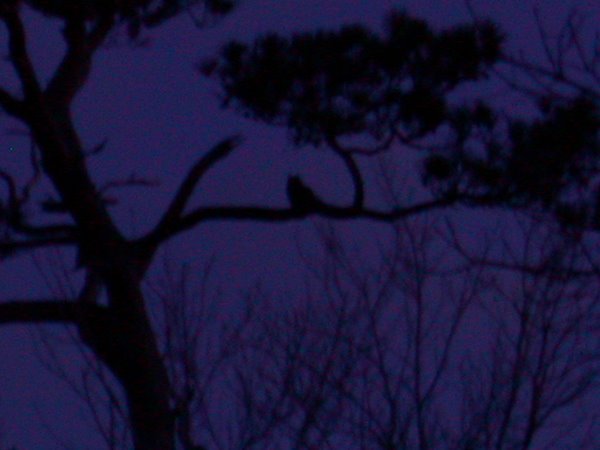



No comments:
Post a Comment